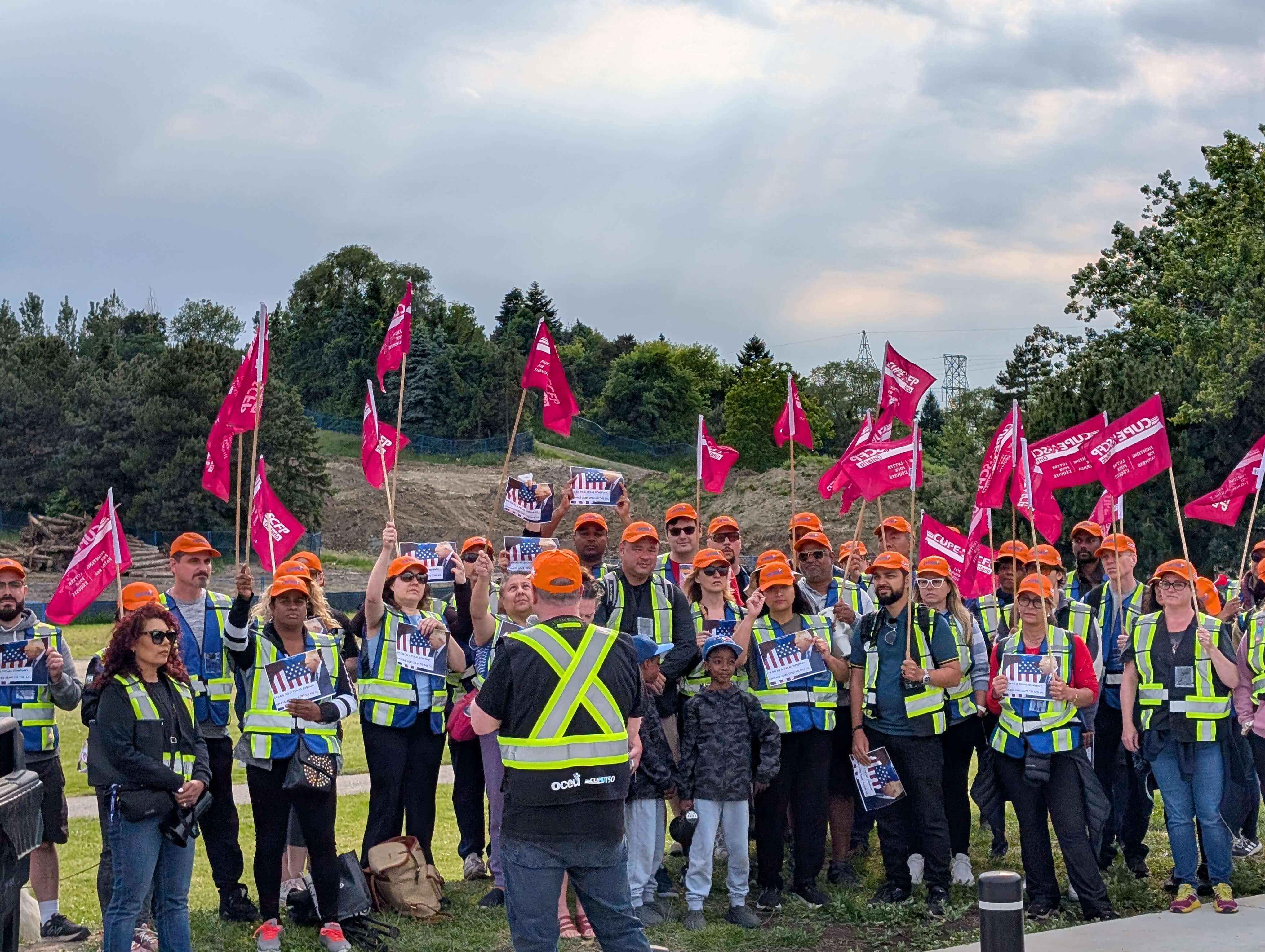‘As a health and safety professional, I found the pandemic recently had some great learning opportunities for health and safety practitioners’

With COVID-19, we have seen the emergency response and business continuity phases of this particular emergency. Pandemics are rare, and so employers did not have a pandemic response plan. Some had a business continuity plan for situations where people were not able to access the workplace.
Now with widespread precautions in place and the government enforced workplace shutdowns, we have achieved something like a steady-state as we seek to flatten the curve of virus transmission.
In the next few weeks, the government will begin to relax restrictions. It will fall on employers to take reasonable precautions to ensure that the workplace remains safe. That is why planning for the recovery now is so essential.
Planning
Like with all plans, the recovery plan is primarily meant to outline how things will work when people do begin returning to the workplace. One of the most critical aspects of the plan is that it will give needed structure and certainty to those workers affected by this particular emergency.
Returning to work will be much more complicated than it was to leave work. There are many factors to consider. Some basic things that have to be considered are whether or not there will be a phased return to work or if all people returned to work at the same time.
It must be understood that there is a large emotional response to the risk of the COVID-19 virus and that communication must flow both ways. Concerns must be validated and addressed.
Engaging the stakeholders
Health and safety practitioners can demonstrate value in this process by helping draft initial plans. The initial plan must be presented to stakeholders for discussion.
Some key stakeholders are the health and safety committee for the workplace or the union representing the workers in the workplace.
Most provinces have requirements that safety committees be consulted on plans and programs that involve employee health and safety. The committee can be an excellent sounding board for ideas on returning to work.
The committee can also help point out pitfalls or problems with the return to work plan before it is formalized.
Who will return?
It is important to recognize that not everyone can return to work. With schools being closed, parents with children may not be able to readily return to the workplace on a full or part-time basis for the foreseeable future. Even daycares may remain closed for quite some time.
Some people may have an elderly parent that they are caring for and would similarly be unable to return to work when the restrictions are relaxed. They may have serious concerns about having their parent cared for or going to a facility.
Some people may even have personal health issues that make them high risk.
In the case of a phased return to work, it is important that the people who are identified for return to work be consulted to ensure that they are actually able to return to work.
Working from home
Many people have become accustomed to working at home. From a health and safety perspective, this can be problematic. Working from home can be working alone, triggering specific requirements.
It is important that the company develop a clear understanding with those who will continue to work at home on expectations from both sides. An important determination that needs to be made is if people are being required or allowed to work from home. In cases where people are required to work from home, this requirement may trigger some responsibilities on the part of the employer since the requirement to work from home can make that space a workplace within the meaning of legislation.
Many companies have policies around allowing employees to work from home, but few companies actually require employees to work from home.
It is reasonable to ensure that there is a clear understanding of the requirements for being allowed to work from home and it may be that the employer should provide information, or online training, on setting up a workstation and require employees to submit a photograph of the workstation that they have set up to allow for suggestions to be made to ensure that the workstation is ergonomically safe.
Maintaining contact
Maintaining contact often depends on the organization. In some organizations, online meetings are the usual way of interacting with others. In other companies, a personal call between the employee and the supervisor would be more appropriate. However, it is important to maintain contact with people who are disconnected from the workplace.
As social beings, we require that social interaction and having a conference call or video chat once a week would certainly lift the spirits of those who are at home alone.
Preparing the workplace
Just because the workplace has been empty for weeks, it does not mean that it does not require preparation. In an office environment, for example, it would be very easy for one infected person to infect dozens more within the space of a few days.
As with any risk, people feel more comfortable if they can directly affect the risk and its outcome. Consideration made to how social distancing may be maintained. This may mean that not all employees can come back to work if employees work in pods or in closely located cubicles.
Although many workplaces are cleaned on a regular basis, such cleaning would not occur often enough to maintain a safe environment. That would mean that the employer would have to provide cleaning supplies and equipment to employees so that they could have the capability of wiping down surfaces and making sure things were safe for them personally.
Employees should also be encouraged to clean their workstations, and cleaning supplies should be made available to them so that they can clean their work area on a regular basis to maintain a safe work environment. This may seem redundant, but it is important that people be given a semblance of control over a situation as emotionally charged as COVID-19.
Employees returning to a workplace would expect that there would be adequate personal protective equipment available. This would mean latex or nitrile gloves and may also mean an expectation there be some kind of surgical mask or dust masks available. The employer needs to be clear on the parameters for wearing masks and how they will be provided. Masks are most effective when worn by those who are infected.
Consideration must be given to common areas in the workplace. It would, for example, no longer be prudent to allow employees to use a communal refrigerator to store their lunches. It may be more prudent to have employees eat their lunch at their desks rather than going to a lunch area or a lunchroom. Kitchens may be cordoned off only to allow employees to make coffee or tea if all they have to do is push a single button on a machine.
Fit for duty
When there is a return to work, the employer is going to have to have some kind of fit for duty monitoring to ensure that people coming to the workplace are not symptomatic.
This would certainly give the morning staff meeting quite a bit more urgency. It would fall to supervisors and managers to visually confirm that people coming into work are not showing any symptoms of infection.
It may be that in the future, we have a simple test for COVID-19 that can be done quickly and is widely available. This would be a fantastic way to remove any doubt where someone might have a common cold. However, the employer has a duty to ensure that people who may be infected are not allowed entry into the workplace.
Such situations may be handled poorly without a clearly defined process within the plan that is communicated to all employees.
Communicating the plan
It may take weeks to finalize the plan. Employees must understand that the company is working on a plan and that when that plan is ready, it be communicated to employees. This helps give those employees some certainty about what is going to happen, and some structure around how the return to work will be accomplished.
Communication of the recovery plan is probably the most important aspect of the plan. It is also a good way to reconnect employees with the workplace and demonstrate that their employer values them.
Communication of the plan should be a joint communication with all the workplace stakeholders to show employees that their representatives care. This would include the health and safety committee, and the union, to demonstrate they have been consulted and involved in the process.
A lot to consider
There is a lot to consider in making your recovery plan, and more aspects of the recovery plan will be forthcoming in another blog.
I would encourage you to begin engaging the stakeholders as soon as possible. It is a proactive way to demonstrate value.






